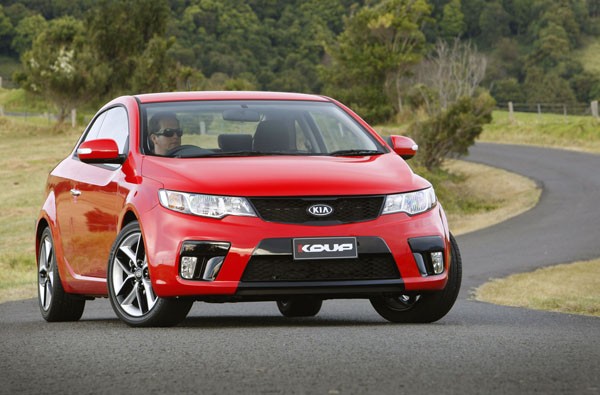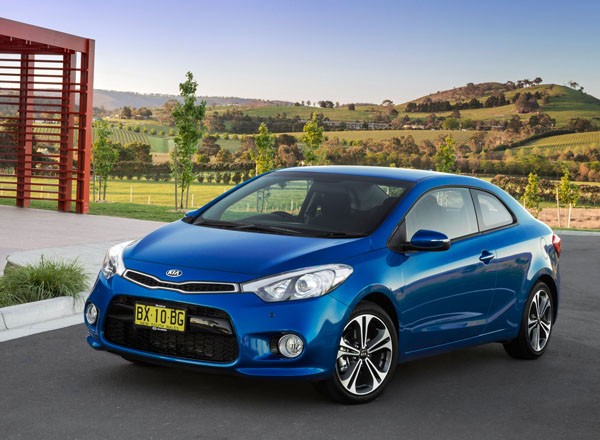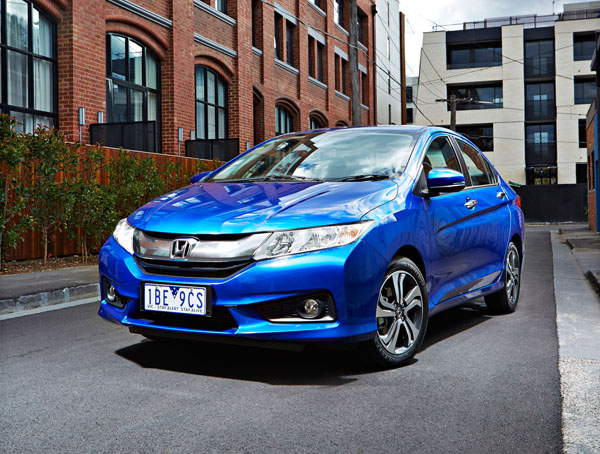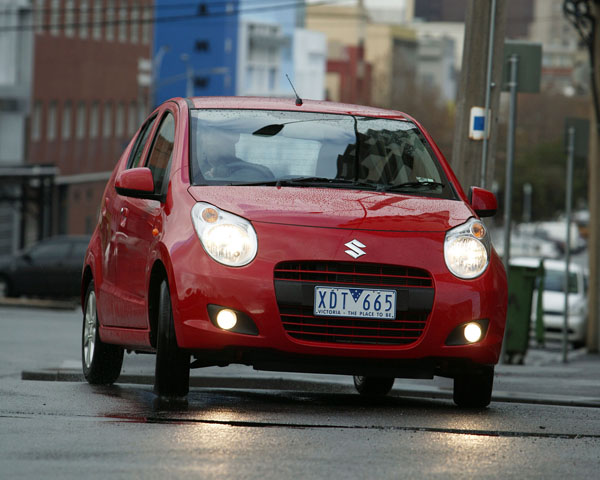
Kia Cerato Koup, usually known simply as the Kia Koup comes from the lets-have-fun-with-names department of the ambitious South Korean car maker. The people who have given us Sorento with one ‘r’ instead of two, and most recently the wildly titled pro_cee’d GT introduced the Koup to Australia in September 2009.
As the name suggests the Koup is a two-door coupe based on the Cerato four-door sedan. Its striking styling grabbed the attention of many from day one and, helped by excellent pricing, it was an immediate hit. So even in these early days on the used-car market there are quite a few to choose from. As always, take advantage of this by shopping around for the best ones.

The second-generation Koup arrived downunder in November 2013 adding some performance substance to its already sporty style in the form of an optional turbo-petrol engine. The thoroughly modern 1.6-litre direct-injection, turbocharged unit generates up to 150 kW of power, and torque of 265 Nm between 1750 and 4500 rpm.
Despite its sleek styling there a surprising amount of space inside the Kia Koup if you want to use it as a family car. The gen-two Koup has a handle at the top of the front seats that both folds and slides the front seat forward at the same time.
Rear headroom is borderline and any passenger over 1.7 metres in height may be cramped in the back. Small side windows won’t be appreciated by rear seat passengers and kids may have trouble seeing out.

The gen-two Kia Koup is larger in all exterior dimensions, both length and wheelbase increased by 50 mm, height up by 10 mm and width by 15 mm.
Most Kia Koup engines on the used-car scene are the naturally-aspirated 2.0-litre unit that is carried over from the first-generation Koup. It has been upgraded to 129 kW of power (from 115 kW) and 209 Nm of torque (from 194 Nm) and will suit those looking for a sporty cruiser that shares the same stylish looks but don’t want to pay extra for performance.
Transmission options on all Koups are six-speed manual and automatic with steering wheel mounted paddle shifters fitted to the Koup Turbo.
Boot capacity space is pretty good for the class, though the use of a full-size spare wheel steals a fair bit of depth. The rear-seat backrest has a 60/40 split.
Handling is pretty good as the Koup benefits from Australian suspension input from local engineers.
Kia is now well established in Australia. Though most dealers are in metro areas there is an increasing number in major country centres. We have heard of no real complaints about spare parts pricing or availably.
Though it’s marketed as a sporty coupe, Koup is seldom driven in anything other than a cruisy manner – with the exception of the Koup Turbo that is. We’ve seen some of them being squirted along with a fair bit of enthusiasm. So inquire about the cost of insurance on a Turbo, particularly if you’re young and/or inexperienced.
WHAT TO LOOK FOR
Still relatively early days, but Kia’s attention to build quality was really starting to come to the fore by 2009. Having said that, a full professional inspection still makes a lot of sense.
A car with a full service history is desirable, indeed this probably increases its price. It’s money well spent.
Uneven tyre wear, especially on the front wheels is a sign of hard driving and/or a big thump against a kerb at some time in the past.
Make sure the engine starts almost immediately, even when cold, and settles into a steady idle within a few seconds.
Interior squeaks and rattles are rare, but take the car onto a rough road and listen for things that don’t seem right.
Look for damage to the seats, floor and trim in general. Don’t forget to check the luggage area.
Manual gearboxes that aren’t light in action could be due for an overhaul. Clutch problems can exacerbate this.
CAR BUYING TIP
Shop for insurance and finance with the same thoroughness as you put into picking the best car.











